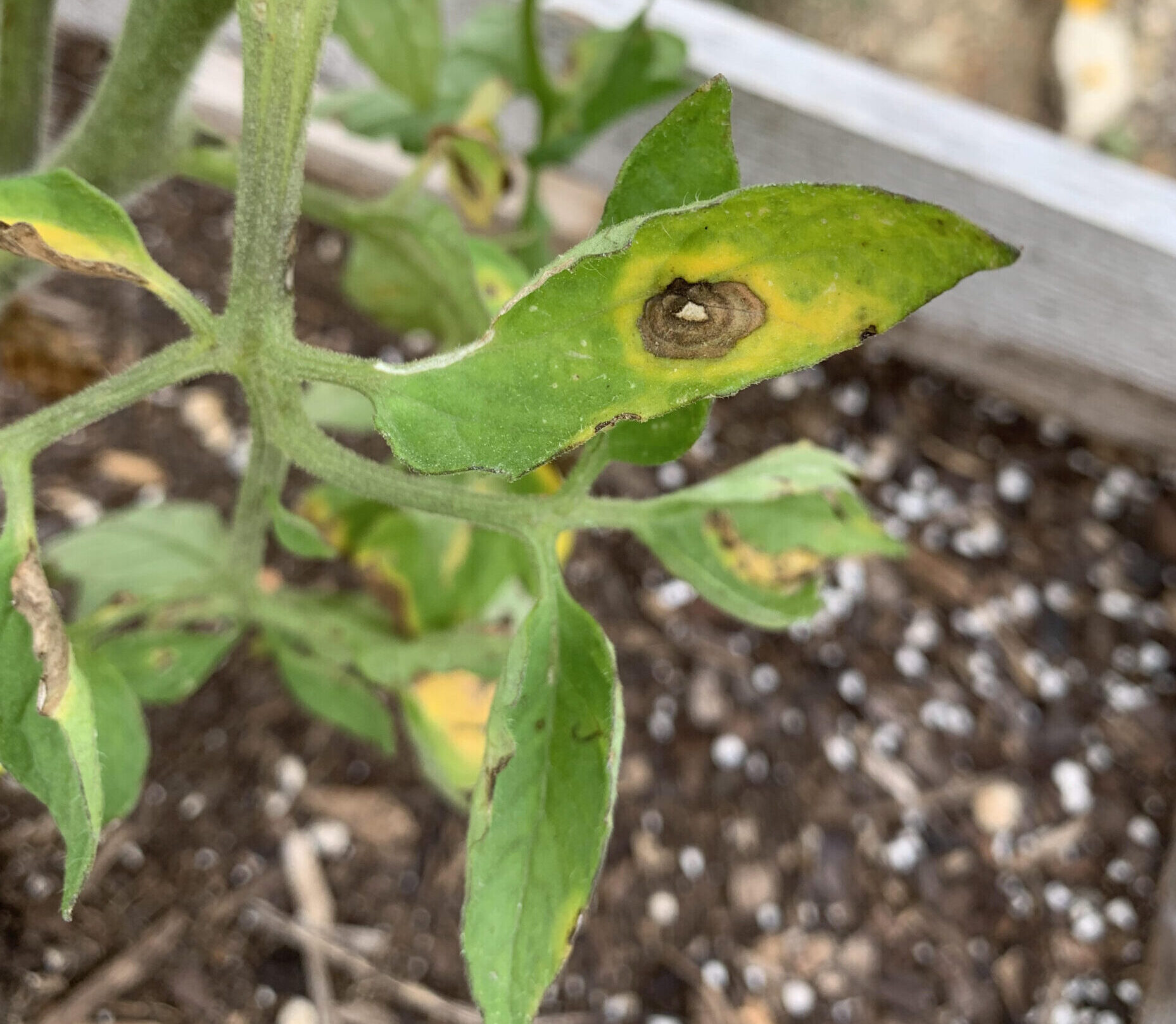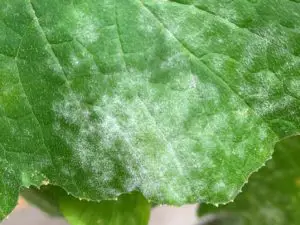Three common types of blight that affect tomatoes and other nightshades such as peppers, potatoes, and eggplant are early blight, late blight, and Septoria leaf spot. In this article, you will learn how to identify, treat, and prevent early blight.
What is Early Blight?
Early blight is a fungal disease caused by two closely related species of Alternaria: Alternaria linariae, formerly known as Alternaria solani, and Alternaria tomatophila. It is referred to as early blight because it appears earlier in the season as opposed to late blight, which appears later. It is important to note, however, that both can occur at the same time.
The fungal spores proliferate in warm, moist conditions and when the humidity is 90% or higher. Spores are spread by wind, contact with infected garden tools, hands, gloves, etc., or when water splashes infected soil. Spores can overwinter in the soil and plant debris, and they can also be found on seeds and volunteer tomato plants.
How to Identify
On seedlings, early blight develops as dark spots on cotyledon leaves, true leaves, and stems. The disease may also cause stem girdling.
On leaves, the fungus is characterized by yellow and brown spots or lesions that have concentric rings. Some describe the irregular spots as looking like they have yellow halos. It first appears on older leaves but can also appear anywhere on the plant and fruit. The infected leaves will eventually turn yellow, and defoliation will occur as the disease progresses.
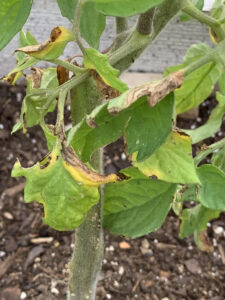
On stems, you will find small, somewhat sunken dark spots or lesions. As the fungus grows, the lesions will elongate. Lesions that form near the soil level may cause girdling or collar rot.
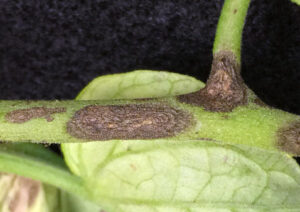
On both green and ripe fruit, lesions will first appear on the stem end. As they develop, they will be dark, sunken, and leather-like and may eventually encompass the entire fruit. Concentric circles will also be visible. Eventually, the fruit will drop off.
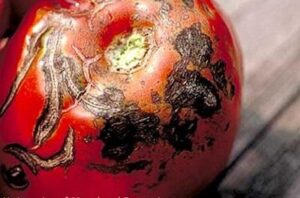
Older plants are usually more susceptible to this fungus, but seedlings can also be a target. Some consider this type of blight to be the most difficult to treat because it can affect the entire plant as the fungus spreads and the lesions coalesce. Nevertheless, a plant with early blight may not die, but because it is compromised, it will produce fewer tomatoes.
Early blight can be confused with Septoria leaf spot, another kind of blight, since both cause spots on leaves that eventually turn yellow and fall off. The difference is that Septoria leaf spot produces small lesions with tan or light gray centers, and filaments can be seen growing on the spots.
How to Treat Organically
Remove infected leaves and branches and dispose of them in the trash. Do not compost, as most compost piles do not maintain high enough temperatures to kill pathogens. Be sure to disinfect garden tools and other items that have come into contact with infected plants.
This article contains affiliate links. If you make a purchase using one of these links, I will receive a very small commission at no additional cost to you, and it will help me maintain this website. Rest assured, I only recommend products I actually like!
DIY Peroxide Spray – To treat an outbreak, add 8 tablespoons (1/2 cup) of 3% hydrogen peroxide and one gallon of water to a one-gallon sprayer. Shake well.
Perform a test on a few leaves before spraying the entire plant since hydrogen peroxide can burn plant tissue. If plant tissue does not show any damage after 24 to 48 hours, proceed to treat the entire plant, including under the leaves and any fruit. If damage does occur, reduce the amount of hydrogen peroxide in the solution and retest.
If there is an active fungal infection, spray plants for two to three consecutive days, followed by once every two weeks as a preventative measure. You may need to adjust the spraying schedule as not all plants respond the same way.
If you find that the mixture is not particularly effective, you can increase the amount of hydrogen peroxide in 1 tablespoon increments, not to exceed a total of 12 tablespoons per gallon of water.
DIY Baking Soda Spray
Add one to two tablespoons of baking soda, one teaspoon of vegetable oil, a few drops of a chemical free soap like Dr. Bonner’s, and one gallon of water to a one gallon prayer. Shake well.
Just as in the DIY peroxide spray (above), perform a test on a few leaves. If, after 24 to 48 hours, there is no damage, spray the plant, including the underside of leaves, fruit, etc. Reapply every few days to keep the spores at bay or about once a week as a preventative measure.
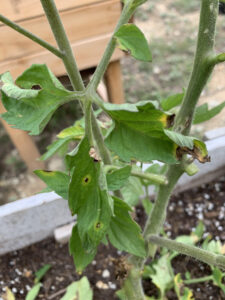
How to Prevent
While no preventive measure is 100% effective, there are several steps you can take to minimize the risk of early blight.
- Plant resistant cultivars.
- Buy certified seeds or plant starts (seedlings) from reputable sources.
- Carefully inspect all plants before putting them in your garden.
- Practice crop rotation. Spores can live in the soil for at least one year.
- Allow ample space between plants to minimize the spread from plant to plant.
- Prune plants to allow adequate ventilation to keep plants dry and to keep branches off the ground. You can also install stakes or cages to keep leaves and branches from touching the soil.
- Prune lower branches so water won’t hit the soil and splash onto the leaves.
- Water gently from the bottom, trying not to get the foliage wet. Use an irrigation system if possible.
- Practice good garden hygiene by removing plant debris and cleaning garden tools.
- Use DIY peroxide spray or baking soda spray about every two weeks.
Early blight is a common disease that affects tomatoes and other nightshades. It can kill a crop if left untreated. However, with proper management, it does not have to mean the end of your tomato harvest!
Thank you for reading this article! If you found it helpful, please consider sharing it with others via email and social media!
